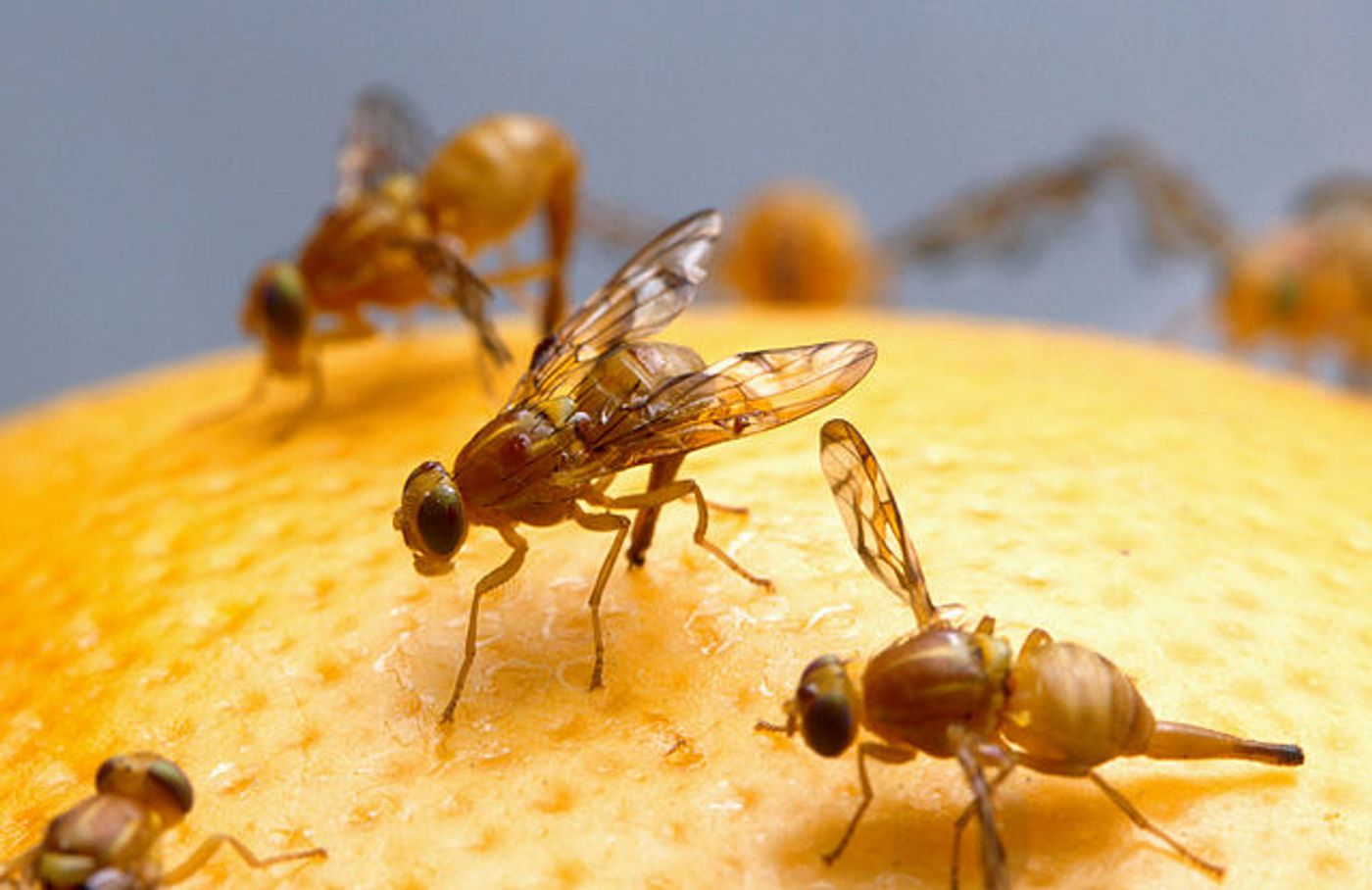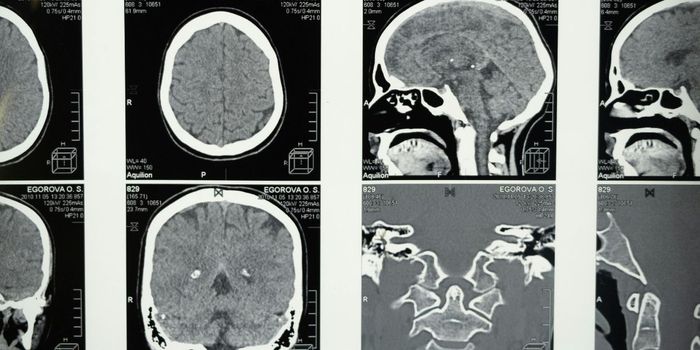A fruit fly is a pretty tiny bug. They buzz around old bananas making a buzzing pest of themselves and don’t offer much value. Except in the study of neuroscience. Fruit flies, also known as Drosophila melanogaster, are quite similar to humans, at least at the genetic level.
Seventy-five percent of the genes known to be responsible for human diseases (including neurological disorders like Alzheimer’s, ALS and epilepsy) are found in similar form in the common fruit fly. Fruit flies work well in lab experiments because their genes can be manipulated easily, they breed well and they are inexpensive to obtain.
A recent study at the University of Manchester used the tiny insects to look at how epilepsy develops at the genetic level and whether or not the onset of the disease can be prevented. The key is in the timing. Since there is no known cause of epilepsy, it's difficult for researchers to know where to begin. It can be the result of a brain tumor, a traumatic brain injury, stroke or a neurodegenerative disease like ALS. The latent period, before a person begins to have seizures, is called epileptogenesis and it is this part of the disease that a team from the UK thinks they might have new insights on.
University of Manchester researchers Professor Richard Baines and Dr Carlo Giachello used a genetically-altered fruit fly to show that when certain parts of the nervous system are suppressed using a bright yellow light flashed through its embryo, that fruit fly will not go on to develop symptoms of the disease when it gets older.
Funded by the UK Medical Research Council, the technique has only been used on fruit flies, so it remains to be seen if the same effect can be replicated in humans. The study, published recently in the journal Current Biology, took over three years and while the results are significant, the research team stressed that it would not be effective in people who already have full blown epilepsy. The technique involved using an optogenetic tool which is essentially a beam of light that can manipulate genes in the nervous system.
In a press release from the University, Professor Baines said, “We’re excited by this discovery which we believe is proof of principle and a milestone in the way we understand epilepsy – though clearly more research is needed in mammals. But if these findings are taken to their logical conclusion, then we might envisage the possibility of being able to treat individuals at an early enough stage so they do not go on to develop the symptoms of epilepsy. After all, amazing though it might seem, the underlying biology of the central nervous system is the same in humans as it is in flies.”
In humans, when the epileptogenic process is detected, the standard of care is to treat the patient with anti-epileptic medication to delay the onset of seizures. This new study opens the door to a more proactive approach, hopefully shutting the disease down before it can begin. The video below, which includes interviews with the University of Manchester team, goes into more detail about how the study was conducted and what it could mean in the fight against epilepsy and other neurological disorders.









